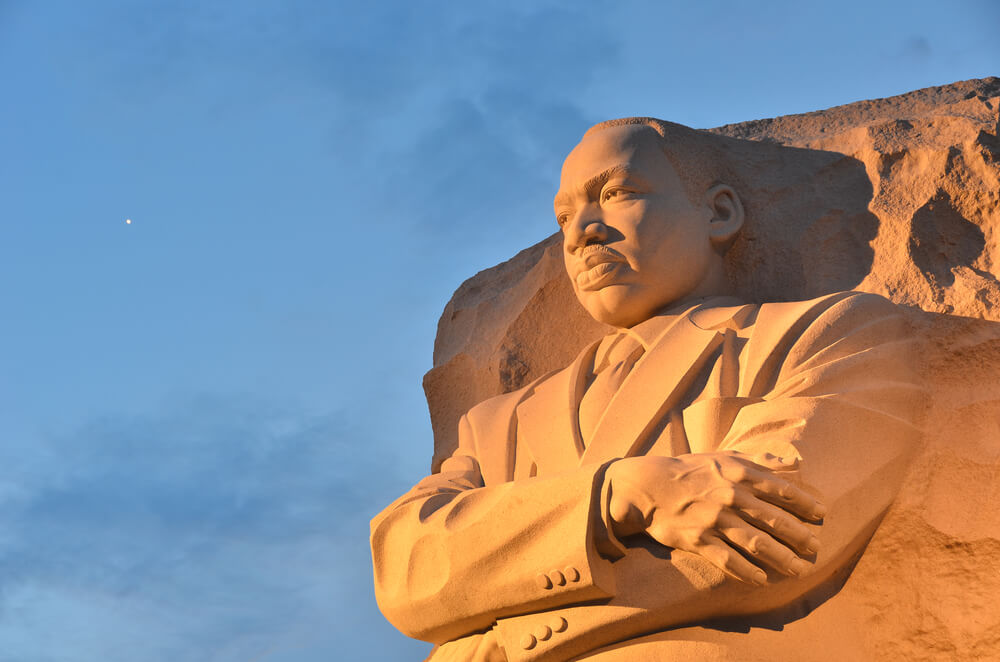On August 28, 1963, Martin Luther King, Jr. delivered the famous; I have a dream speech which remains the central part of his legacy. He addressed the speech to a crowd of over 250,000 people who gathered for the March on Washington for Freedoms and Jobs at Lincoln Memorial. In his speech, he imagined of a time where black and white would live amicably, “the sons of former slaves and the sons of former slave owners could sit down together at the table of brotherhood, and his four children would no be judged by the color of their skin but by the content of their character.”
The life of Martin Luther King Jr. as a civil rights activist
Martin Luther King was born in 1929 in Atlanta, Georgia. He followed the footsteps of his father and grandfather, studied theology and became a Pastor of the Baptist Church. King was elected as the president of the Southern Christian Leadership Conference (SCLC) in 1957. Under his leadership, the SCLC became a leader in fighting for civil rights. In addition, he pushed for nonviolent resistance to segregation, which often involved boycotts and marches.
Consequently, King led a campaign for racial equality where he delivered hundreds of speeches, including the famous ‘I have a dream speech.’ In 1964, just a year after the March on Washington, the movement achieved major milestones in their campaign, including the abolishment of the poll tax (which prevented poor Black Americans from voting) in the 24th amendment of the constitution. Another achievement was the passing of the Civil Rights Act of 1964, which outlawed racial segregation and discrimination in education and employment.
During the course of his fight for equality, King was arrested over 20 times. In 1964, he won the Nobel Peace Prize for the nonviolent struggle for civil rights. On April 4, 1968, King died at the age of 39, when he was shot on his motel room balcony in Memphis, Tennessee, U.S, by escaped convict James Earl Ray.

